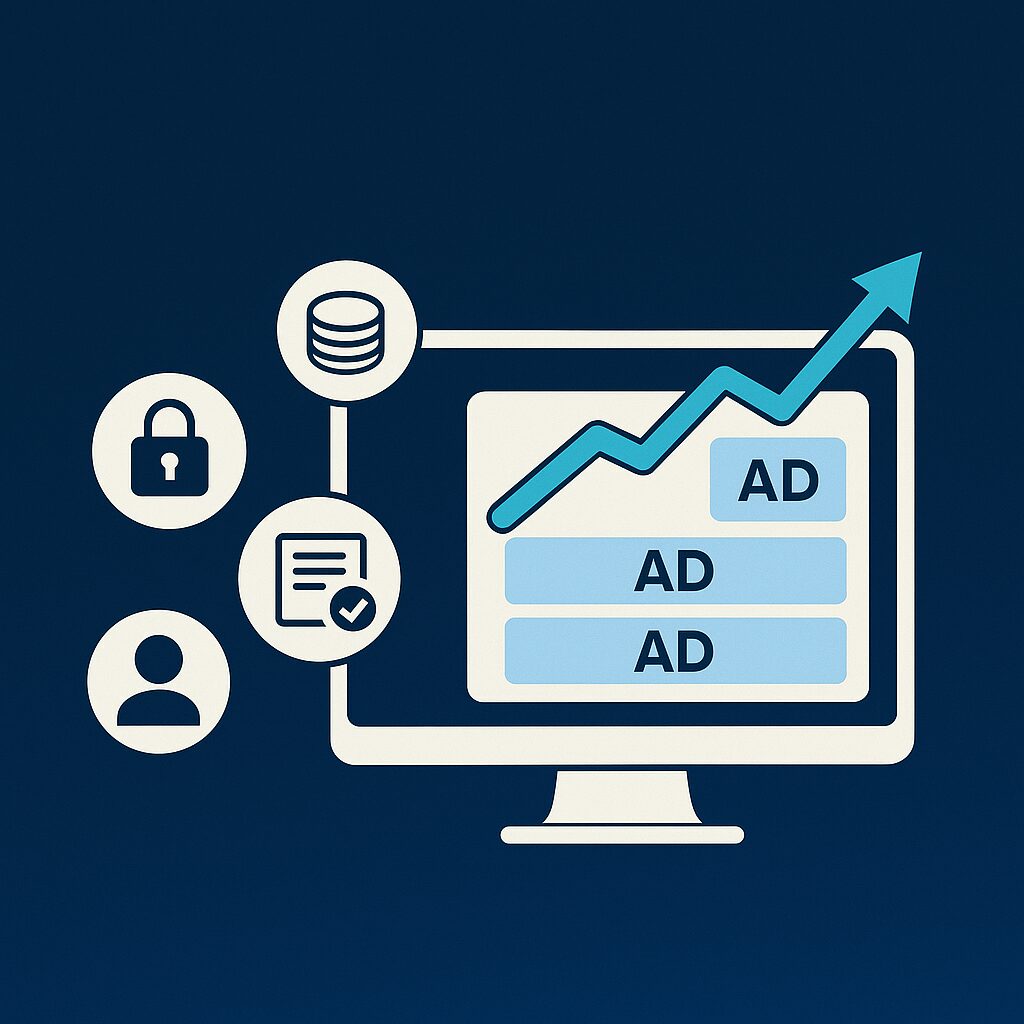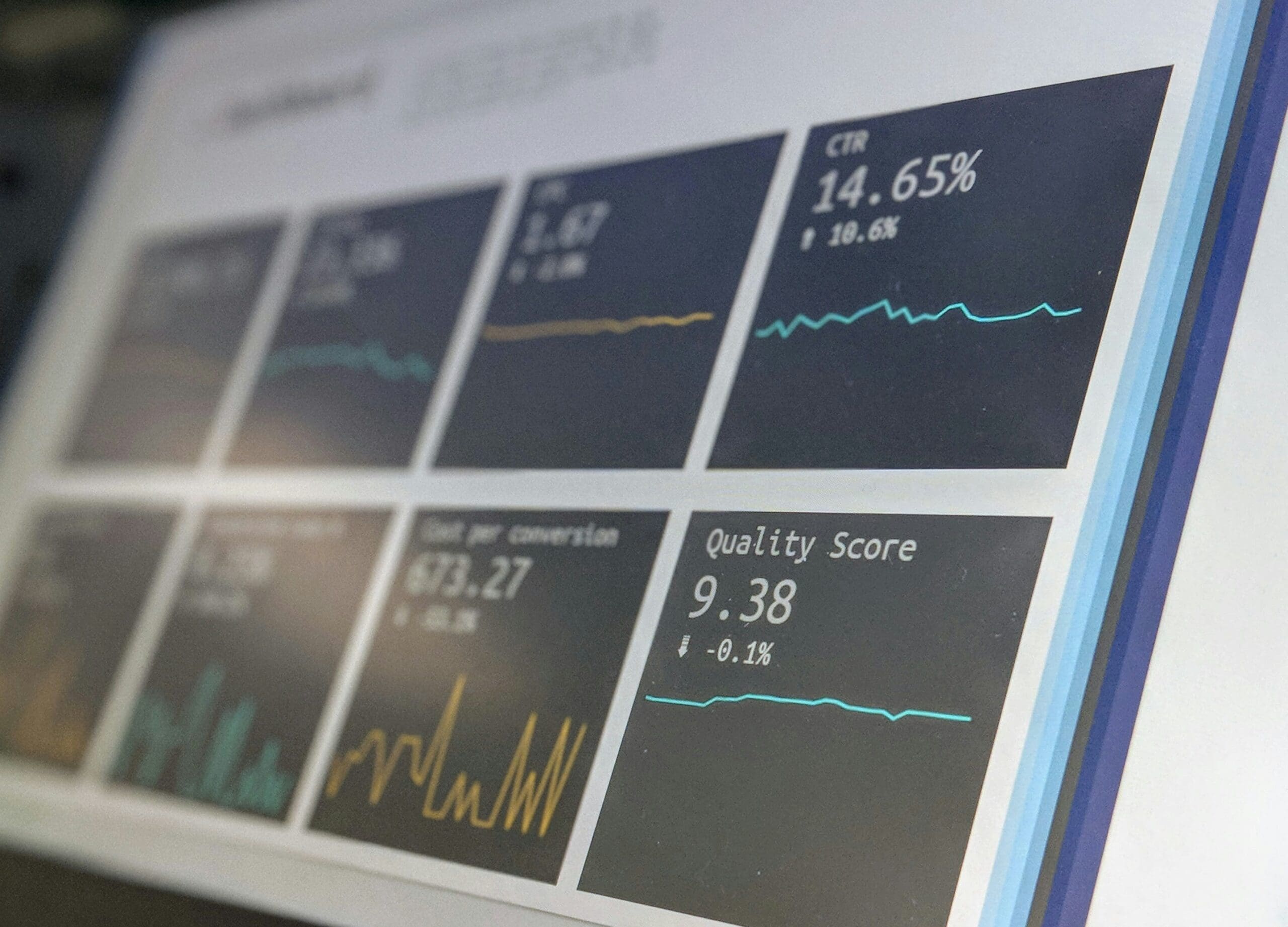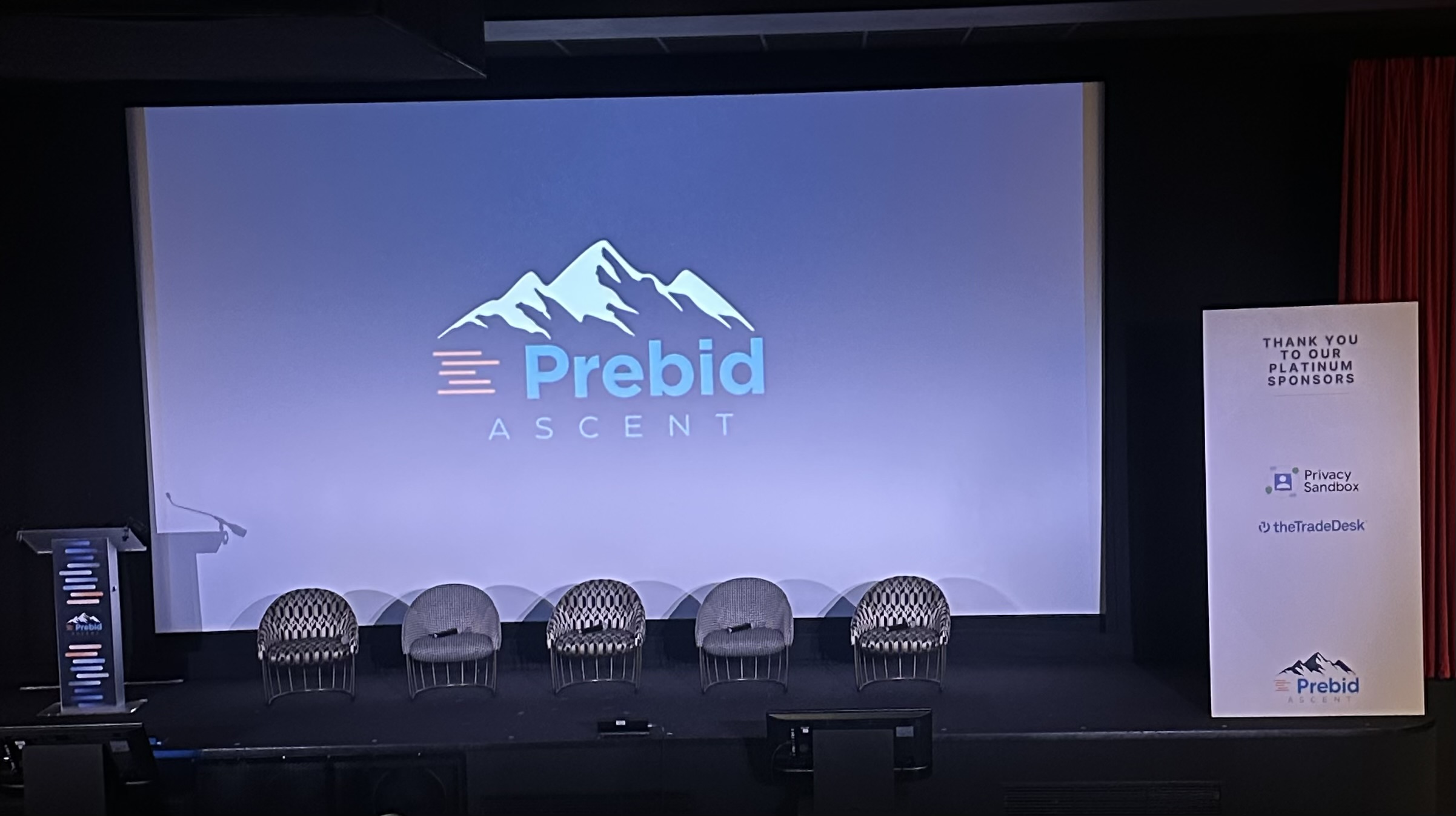Despite years of warnings, the digital advertising industry is about to collide with a hard deadline. In the rush to test and implement new solutions, achieving scale for targeted campaigns in a privacy-first landscape and with incoming limits on available data is a top priority. A UK study by LiveRamp found that reaching target audiences at scale is at the top of marketers’ list of concerns after the deprecation of cookies, with 60% of respondents citing it as a concern. But for one post-cookie solution, scale comes easy: contextual targeting. By focusing on the environment of an ad placement rather than extrapolating from potentially unreliable audience data, contextual targeting ensures relevance to the surrounding content, wherever that content can be found.
And now, thanks to AI, context can be mapped to audience taxonomies, creating targetable segments that can be applied anywhere contextual solutions are supported. Instead of relying solely on predefined user profiles, brands can reach a broader spectrum of potential customers who share common interests, regardless of age, gender, or location.
Can cookie-style targeting be rebuilt while respecting privacy?
Many advertisers aiming to replicate the effectiveness of third-party cookies in behavioral targeting have turned to alternative identification methods. These convert personally identifiable information (PII) such as email addresses or phone numbers into hashed IDs that can be matched between buyer and seller for audience targeting and attribution.
However, such IDs rely on users sharing their PII with the publisher or media owner providing the advertising inventory, and then consenting for this information to be used for targeted advertising. Even in ideal scenarios, only a fraction of users will do so, undermining the ability to effectively serve ads.
Samples of consenting users can be modeled out to fill the gaps in the data, but such modeling can be cost-prohibitive, and inaccuracies increase as they scale up. For example, if only 10% of users consent, extrapolating their data to build a model representing 100% of users will inevitably lead to ‘fuzziness’ in the data. Interoperability between IDs — which is gradually improving — can make up for scale shortfalls, but the process comes with the risk of data leakage, and may not be consistent with the original consent policies the user agreed to.
Attempting to identify a user from multiple angles can come dangerously close to fingerprinting.
Overall, it’s a lot of work, data, and processing power to try to recreate a cookie-like approach to targeting. Instead, let’s seize the opportunity to move on to a new, alternative methodolog
AI-powered contextual is an opportunity to rebuild consumer trust.
The basics of contextual targeting are nothing new. Matching advertising to its surrounding content has been the basis of commercializing media since the print era. Digital media brought contextual approaches online, but its popularity was held back by the invasive, individual-level targeting made possible by the ubiquity of third-party cookies. It wasn’t long ago that the scale argument could be leveled at contextual advertising as well.
The process used to depend on manually tagging content into contextual categories. However, miscategorization from human error or poor data management would result in inaccuracies and undermine scale, as potentially valuable user traffic would not be correctly identified. But today, content can be automatically sorted into contextual categories by AI models that have a deep semantic, and even visual, understanding of media. The speed of this process allows contextual targeting to be carried out in real time, with matches between contextual categories and audiences constantly updated and refined.
The range of data that informs modern, AI-powered contextual targeting also goes far beyond analysis of the content itself. Anonymous usage data reveals how interest in one topic can overlap with another, so contextual audiences are no longer treated as single-interest entities. For example, in legacy contextual targeting, an online travel guide would be matched to a travel audience, and its inventory would only be valuable to advertisers who want to target this specific group.
But using the tools available today, traffic patterns might indicate that the audience for travel guides also engages with content on electric cars, opening up new targeting possibilities for advertisers and increasing audience value (and thus revenues) for publishers. And this is all without having to know anything at all about users on an individual level. AI-powered contextual engines continue to evolve in the data they can use to enrich audiences, allowing publishers to onboard their anonymized, consented first-party data in a privacy-compliant framework to add greater detail to their audience categories. The meaning of ‘context’ today is so much more than what’s on the screen at a specific moment. It’s also about the moments before and after, and the user behaviors they allow us to anticipate, without ever having to know who that user is.
Like all industries, advertising has always had its share of controversies but, before the digital age, privacy was never one of them. People might have grumbled about the density of advertisements in a magazine or bemoaned a billboard on their high street, but no one would have considered them invasive. However, the industry then became fixated on personal data, and invasiveness and advertising are now inextricably linked. Contextual advertising — and complementary privacy-first technologies — present an opportunity for brands to discover new audiences and improve the user experience.
Adapex’s Data Refinery: Empowering Advertisers with Precision Targeting
Adapex is at the forefront of transforming digital advertising with its innovative Data Refinery, specifically designed to empower advertisers in a privacy-first digital landscape. The Data Refinery harnesses enriched first-party data, integrating seamlessly with existing systems and leveraging AI-driven contextualization to maximize advertising efficiency and effectiveness.
Key Benefits for Advertisers
- Effective Advertising
Transform every ad impression into a potential conversion, maximizing the value of your advertising budget. Adapex’s Data Refinery ensures that your ads reach the right audience at the right moment, enhancing campaign effectiveness and ROI. - Signal Amplification
Overcome browser restrictions on third-party cookies, ensuring strong campaign reach and effectiveness. By leveraging first-party data, Adapex’s Data Refinery helps advertisers maintain robust audience targeting capabilities even in a cookieless environment. - Expanded Targetable Audience
Include cookieless users in audience segments by leveraging enriched first-party data. This allows advertisers to reach a broader range of potential customers and enhance campaign reach and engagement. - Precision Targeting
Utilize enriched first-party data for expanded audience targeting. The Data Refinery assigns IAB categories to each page using AI and NLP, enabling precise targeting based on page content and user interest. - Custom Targeting Parameters
Craft your audience definitions using Adapex’s Audience Architect tool, providing flexibility and control over your targeting criteria. This allows for more refined and effective advertising strategies tailored to specific campaign goals. - Measurement and Attribution
Track and attribute campaign conversions and engagement accurately using robust measurement tools. The Data Refinery provides comprehensive reporting and insights, helping advertisers optimize their strategies and demonstrate the value of their data. - Direct Curation Platform & PMP Integration
Flow data directly to leading curation platforms like Xandr, Triplelift, OpenX, and Equativ, enabling participation in incremental PMP demand and revenue. This integration allows advertisers to take full advantage of private marketplace opportunities and maximize their advertising impact. - Maximized Audience Reach
Adapex leverages first-party data to uncover additional audience segments that are often lost using third-party data. This expanded segmentation leads to increased campaign effectiveness and higher ROI, providing advertisers with access to a broader range of potential customers. - Increased Efficiency with Identity Solutions
Monitoring of traffic layered with Adapex’s data solution versus unidentified traffic demonstrates that ads layered with identity solutions are more relevant and deliver better results, with CTR uplifts ranging from 25%-70%.
Performance Improvement
Early results indicate that targetable ads perform better, with significant improvements across Safari and Firefox browsers during the test period. Adapex’s AI-optimized workflow ensures continuous improvement in targeting accuracy and operational efficiency.
By leveraging Adapex’s Data Refinery, advertisers can navigate the challenges of a cookieless world while unlocking new growth opportunities. The Data Refinery enhances the value of first-party data and provides the tools and insights needed to succeed in a privacy-first digital advertising landscape.
Adapex is committed to helping the industry transition smoothly into this new era, prioritizing consumer privacy and advertising effectiveness. With Adapex’s Data Refinery, the future of digital advertising is not just about surviving the end of third-party cookies but thriving in a context-driven, privacy-first world.













